2D Analysis of Interesting 3D Object
The class was told to bring an object that they found 3-dimensionally interesting.
So i brought along my hourglass timer.

And in accordance to what we’ve learnt in class, i did up a 2d sketch analysis of it:
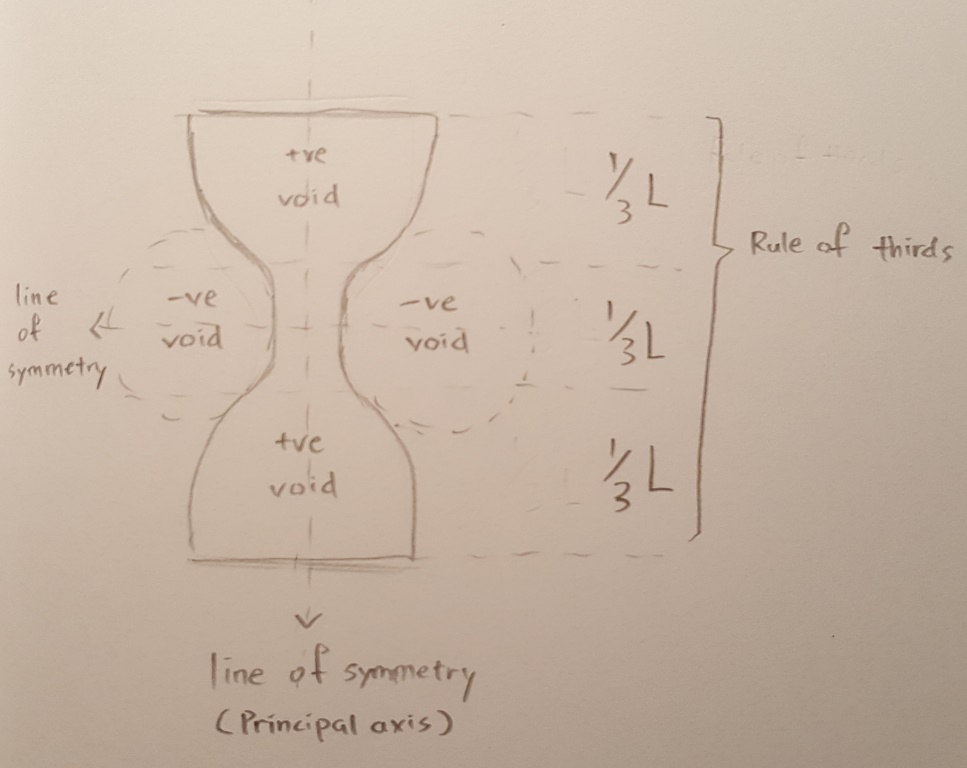
Rule of Thirds: The Hourglass roughly follows the rule of thirds as it’s top and bottom parts can be classified separately from it’s slim middle part.
Principal Axis: The Hourglass has 2 principles axis, one vertical and one horizontal through its center. They clearly separate the Hourglass into 2 similar halves.
Positive/Negative Void: Taking the top and bottom parts of the Hourglass as positive voids, 2 negative voids of similar volumes can be formed on either sides of the Hourglass’s slim middle part.
3D Sketch of Project “Pandora’s Box”
The word I have received for the assignment is:
Tension.
To get a better grasp of what my 3D object should look like to express said word, let’s look up on it’s definition.
Tension
1) A state or condition resulting from forces acting in opposition of one another.
2) Mental or Emotional stress
3) A situation or condition of hostility, suspense or unevenness
(extracted from
https://www.collinsdictionary.com/dictionary/english/tension
https://en.oxforddictionaries.com/definition/tension
http://dictionary.reverso.net/english-definition/tension)
So basically the object needs to exhibit the action of something being pulled.
Thus, onto my first two 3D sketches:
3D Sketch 1
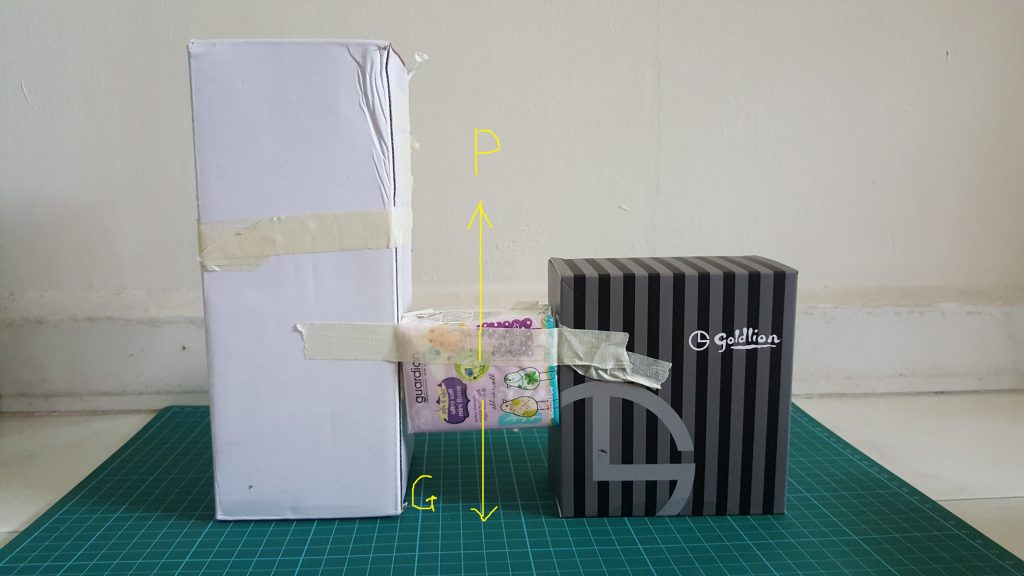
So in order to demonstrate Tension, i’ve wedged the subordinate between the dominant and sub-dominant.
The rationale behind this is that gravity acts on the subordinate, resulting in a gravitational force, G, on it, while the dominant and sub-dominant holds onto it which results in a pulling force, P.
This thus brings about a pair of opposing forces acting on the subordinate, which is in accordance to the first definition of Tension.
“1) A state or condition resulting from forces acting in opposition of one another.”
A view of the 3D Sketch from other angles





The weakness of this 3D sketch is that some boxes are hidden when the sketch is viewed from the sides.
3D sketch 2
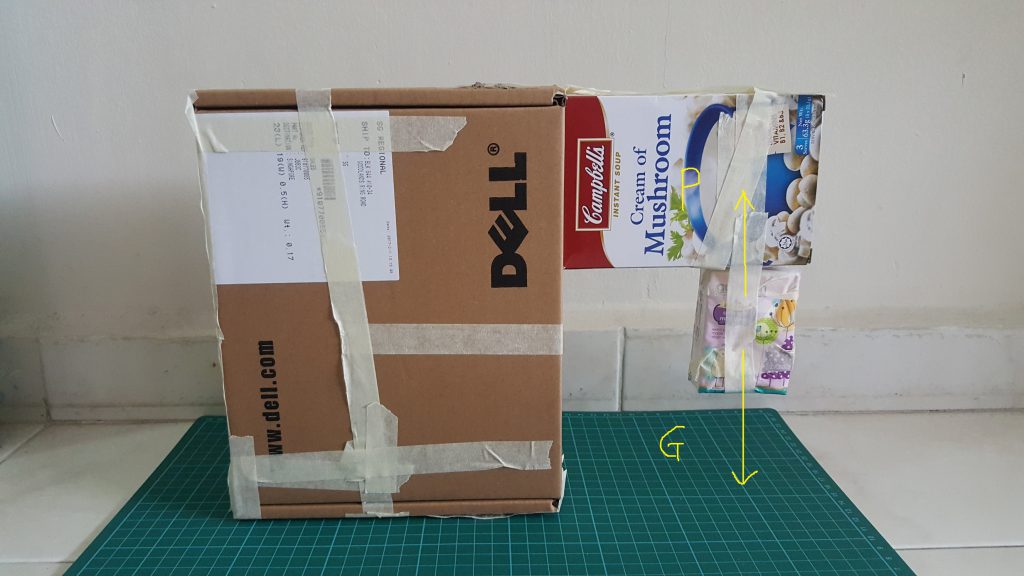
Similar to 3D sketch 1, the subordinate is once again the object of focus.
Gravitational force, G, pulls the subordinate downwards while the sub-dominant pulls it upwards resulting in pulling force, P.
Once again, opposing forces illustrating Tension.
The 3D sketch viewed from other angles:





And repeating the mistake from 3D Sketch 1, some boxes cannot be seen when 3D sketch 2 is viewed from the right side.
Then came along a consultation session with Professor Cheryl in class, which produced a better version of the 3D Sketch.
3D Sketch 3
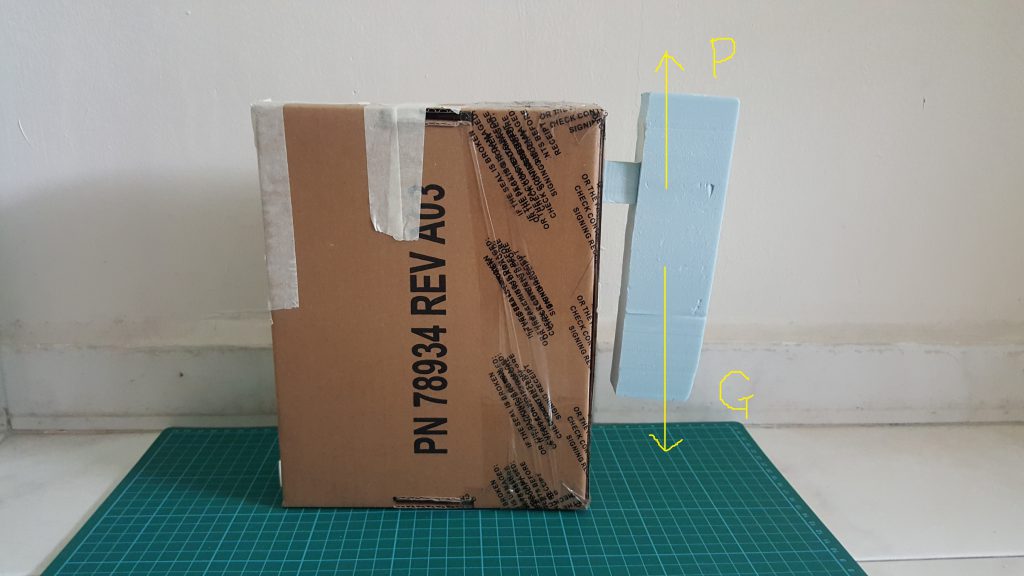
Please ignore the slant of the sub-dominant.
Somehow reminiscent of 3D Sketch 2,
this time, instead of having the subordinate act as the object of focus, the sub-dominant will now take that role.
For the umpteenth time, gravity pulls the sub-dominant down, causing gravitational force, G, while the subordinate holds it in place, creating pulling force, P, upwards.
The result: A condition of opposing force acting on the sub-dominant expressing the word, Tension.
Here’s the sketch viewed from the angles as well:



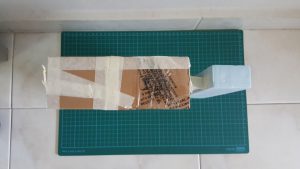
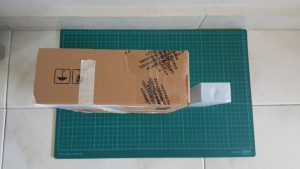
Now that the diagram has succeeded in conveying the phenomenon which is Tension, more focus can be placed on the other aspects of the 3D sketch.
Which brings us to 3D Sketch 4:
3D Sketch 4
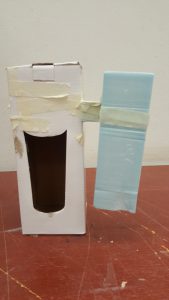
Some more adjustments to the foam will have to be made but this is the general idea of how it’s going to proceed.
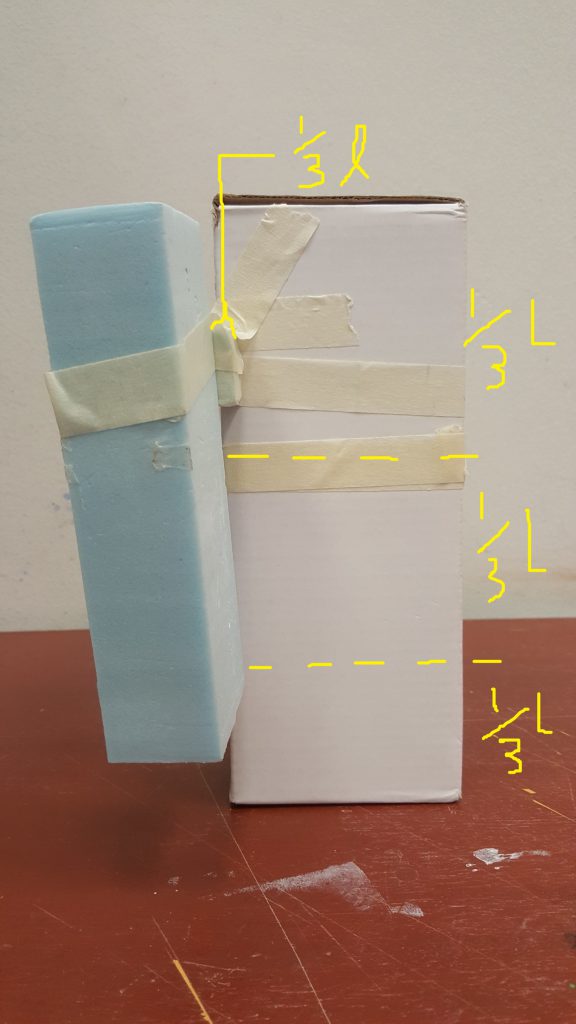
Rule of Thirds
The sub-dominant will have a length which is roughly 2/3 of that of the dominant.
1/3 of the breadth of the subordinate will be wedged into the dominant while the remaining 2/3 will be wedged into the sub-dominant
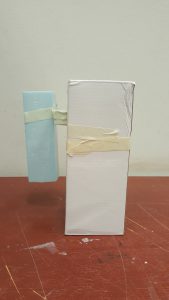
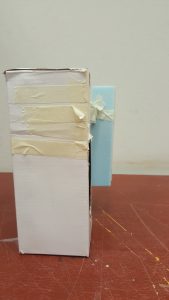
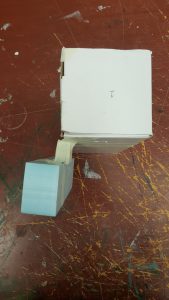
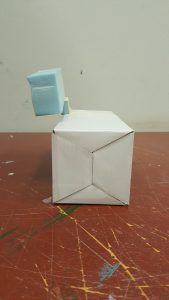
Finally, none of the boxes are hidden when viewed from any angle.
The subordinate may look like it’s a cube from the photos, but it’s actually rectangular in shape.
Now, i may want to add the idea of contrasting voids on the next sketch if possible.

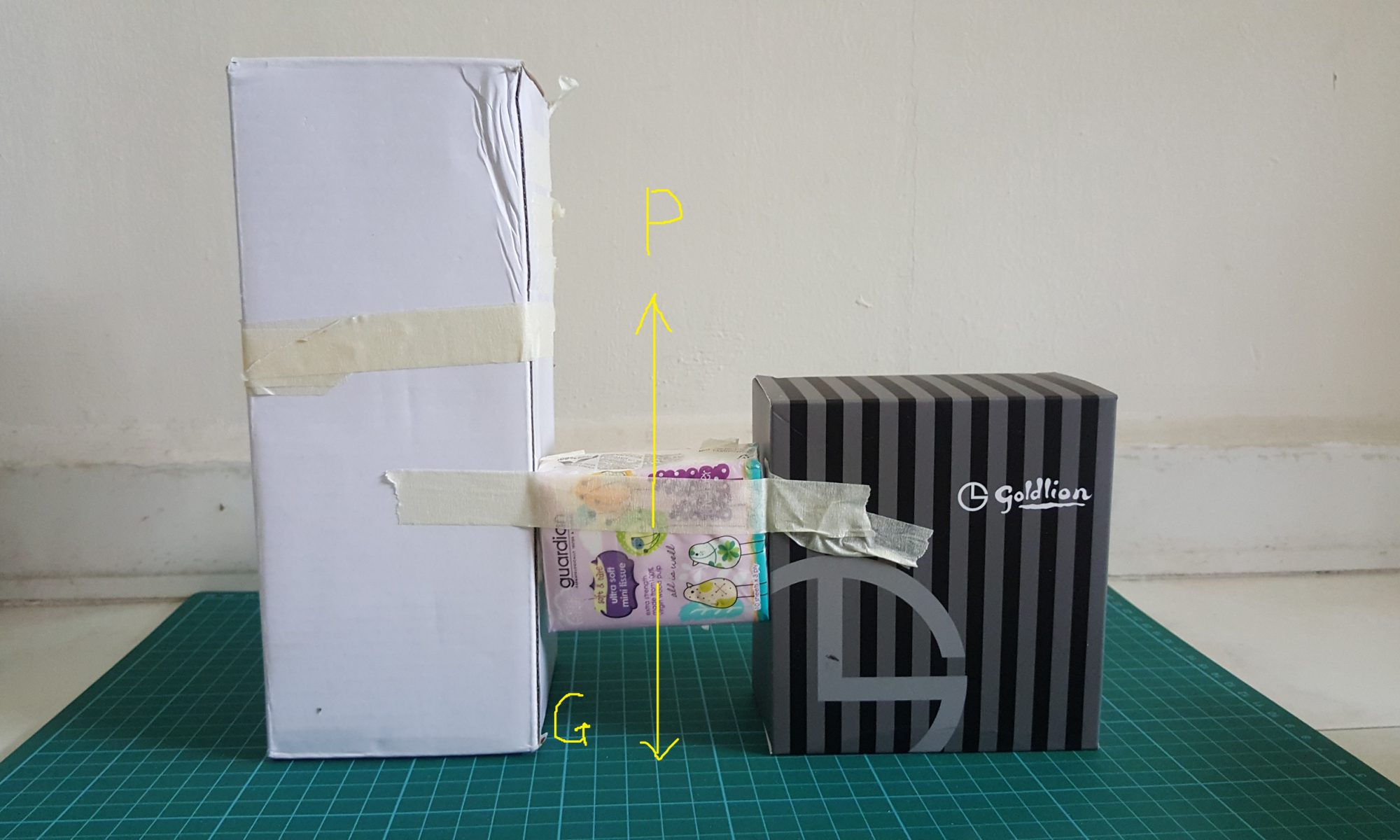
Ryan please include some photos of your hour glass in your post as I remember it was quite fascinating. Good attempt at 2D Sketch Analysis of it.
Hope our discussion yesterday gives you a better understanding of ” Tension” . I think a Dominant box stretched between a Sub-Dominant & Sub-Ordinate one expresses ” Tension” better than the Sub-ordinate ( your tissue packet ) which gives the impression of compression instead.
The latest revised Sketch Model of ” hanging” Tension is looking good! 🙂